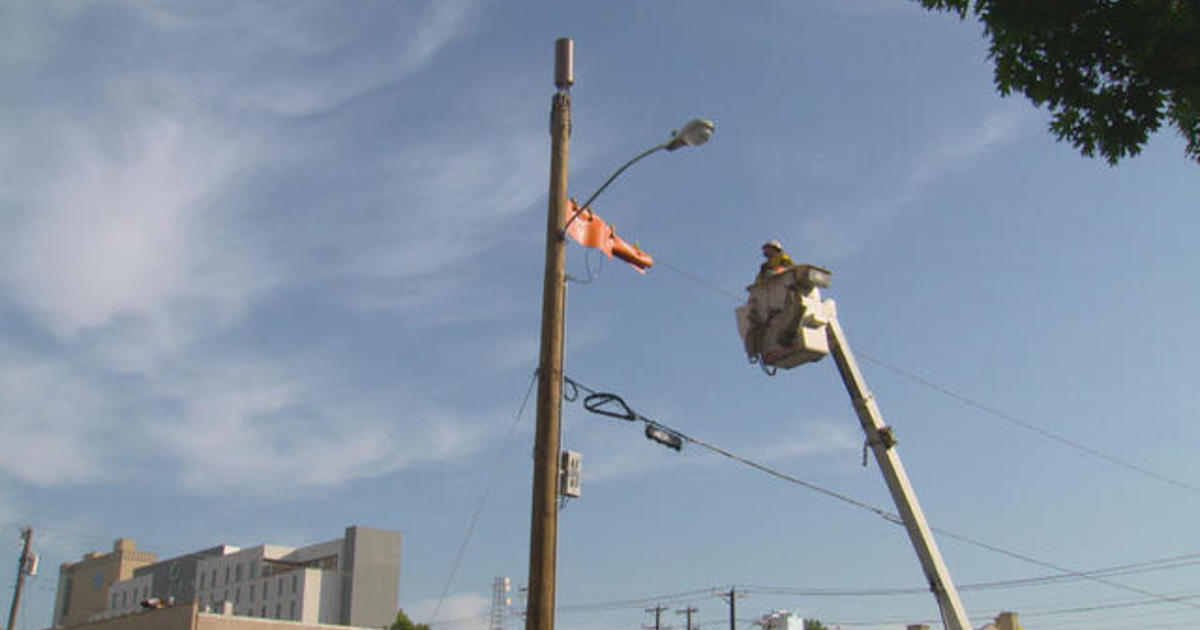If https://anotepad.com/notes/8h6gifar 've ever walked through a city you might have noticed tiny cell towers for 5G on the poles of street lights. They look like small boxes however, they're actually transmitting wireless signals from cellular providers to your phone.
The smaller ones are being replaced by the larger built cell towers. While they're not as noticeable but they can still create problems for those who live nearby.
A of the FCC's Radiation Exposure Thresholds
The FCC's Radiation Exposure Thresholds determine the safe limit at which a person can be exposed to electromagnetic radiation from wireless devices. The limits for exposure are based on scientific data that show that RF energy could be harmful to human health.

The absorption rate specific (SAR) is an indication of the amount of radiofrequency energy that is taken up by tissues. It is typically 1.6 watts per kilogram, calculated over one kilogram of tissue.
But, since 5g operates at higher frequencies and has the potential to increase the intensity of energy on the skin and other directly-exposed body areas. This could result in various potential harms, including exacerbated development of skin diseases like dermatitis, cataracts, and skin cancer.
Due to the possible severe effects of 5g radiation, PSU has chosen to establish a general, localized limits on power density, which is 4mW/cm2 measured across 1 centimeter, but not exceeding 30 minutes for all 5G services at 3000 GHz. This localized limit is consistent with the highest SAR that is spatially averaged at 1.6 W/kg, averaged over one grams of tissues at six GHz.
The FCC's Maximum Exposure Thresholds for Maximum Exposure
If you've ever operated a cell phone, then you're aware that the safest distance from the tower should be at least 400 meters away. This is because the power of the transmission of the cell tower is significantly increased the farther the tower is.
While this sounds like an ideal idea, the reality is that those living close to towers could be more prone to health problems. For what is a safe distance from a 5g cell tower , a 2014 study in India found that residents living within 50 meters of cell towers experienced significantly more health complaints than those who lived farther far from antennas.
However, this study also showed that residents who moved to areas further away from cell towers experienced their symptoms improve within a few days. Another study has revealed that exposure to high frequencies of radiofrequency electromagnetic fields (EMFs) could cause cancer, brain tumors, and other health problems.
This is due to the fact that RF radiation, which is utilized for wireless communication, has the ability to penetrate the body's outer layer of skin. It is crucial to know since the skin serves as a barrier to protect against injuries caused by mechanical forces, infections by pathogenic microorganisms, and infiltration of toxic substances. It is also the largest organ in the human body. It is accountable for maintaining the integrity of other organs.
The FCC's Minimum Exposure Thresholds for the Minimum Exposure
The FCC's Minimum Exposition Thresholds depend on a variety of assumptions that aren't supported by scientific research. They include the false belief that exposures to RF radiation are safe because of the minimal penetration into the body (i.e. the heating of tissues).
This assumption does not take into account the more extensive penetration of ELF components of modulated RF signals, as well as the effect of short bursts of heat caused by RF pulses. These assumptions do not correspond with current understanding of the biological consequences of RF radiation. Therefore they shouldn't be relied upon for health-protection exposure standards.
Furthermore, the ICNIRP and FCC limit their maximum limit of exposure to the local SARs, based on the peak spatial specific absorption rate (psSAR) which is an inadequate dosimetric tool for determining the level of exposure to RF radiation. Particularly it is inconclusive when frequencies exceed 6 GHz. Furthermore, psSAR has not been evaluated for what is a safe distance from a cell tower exposed to other agents of the environment such as sunlight. The interactions of RF radiation with other agents in the environment could result in antagonistic or synergistic effects. This can lead to an increased risk of adverse health adverse effects. For example, co-exposure to RF radiation and sunlight could cause an increase in the incidence of developing skin cancer, and may also exacerbate other skin diseases such as acne.
